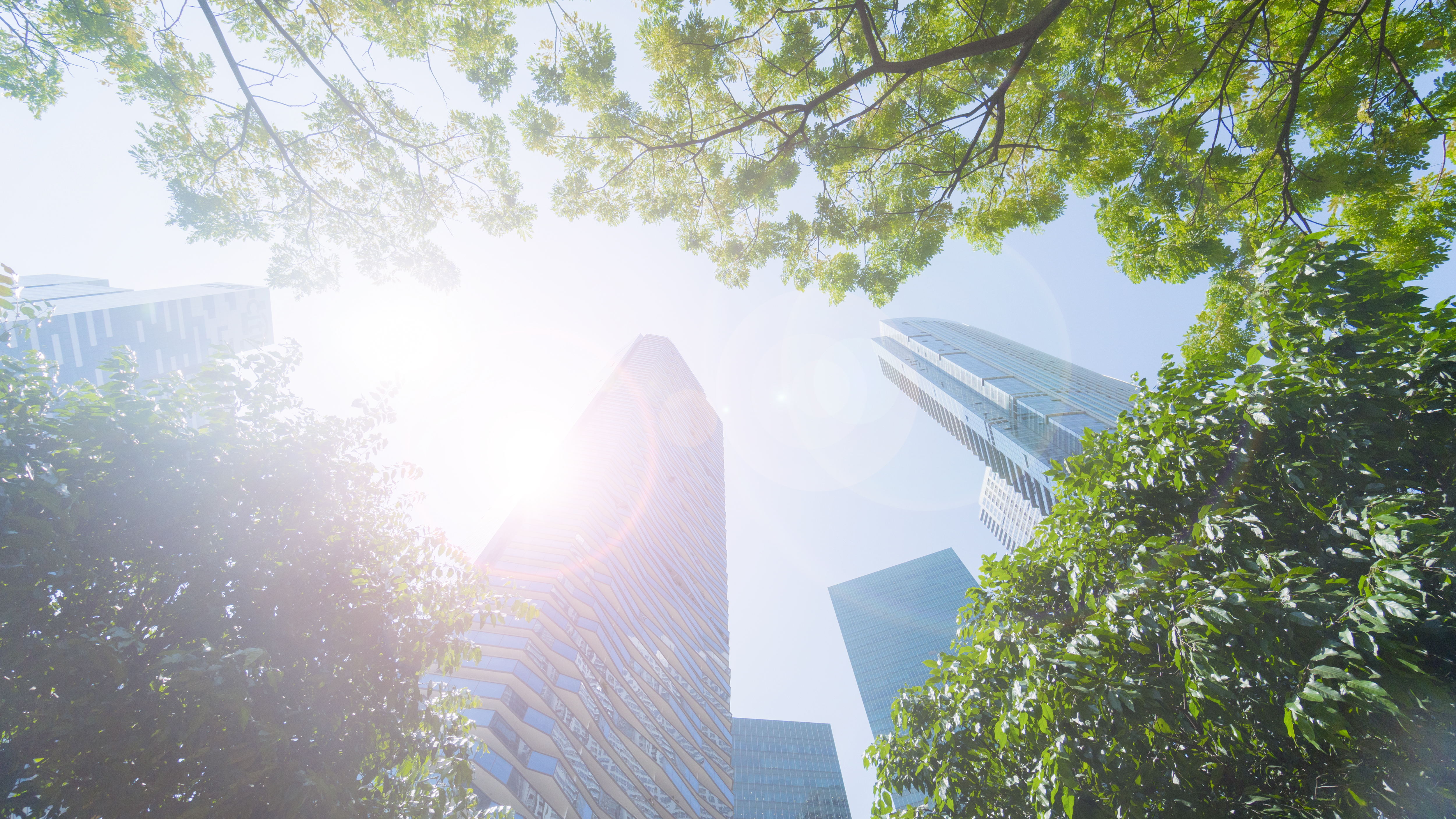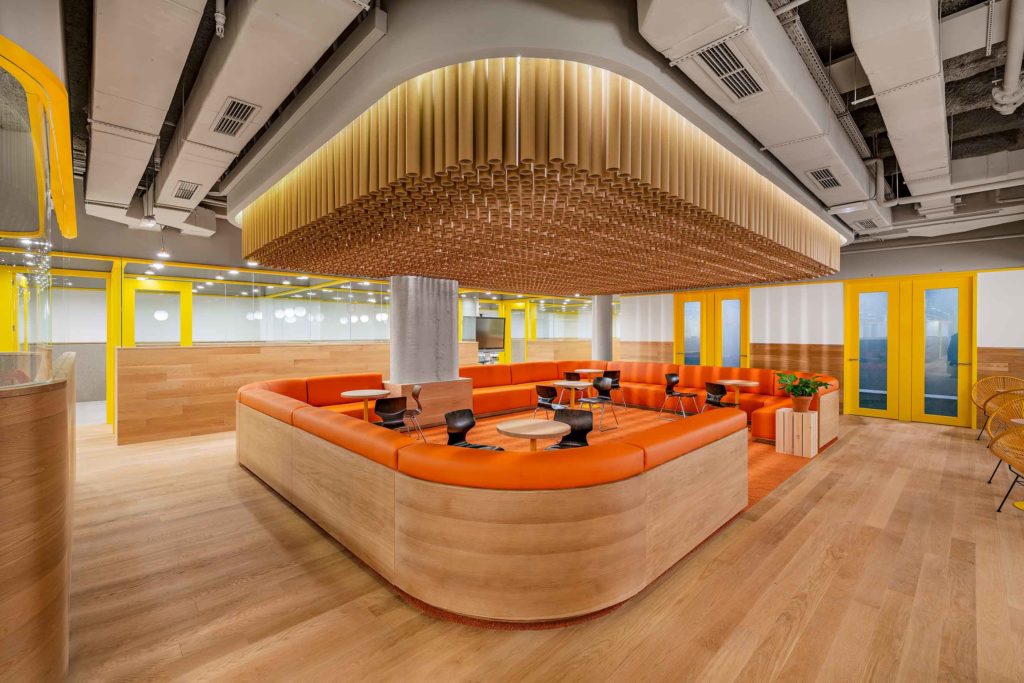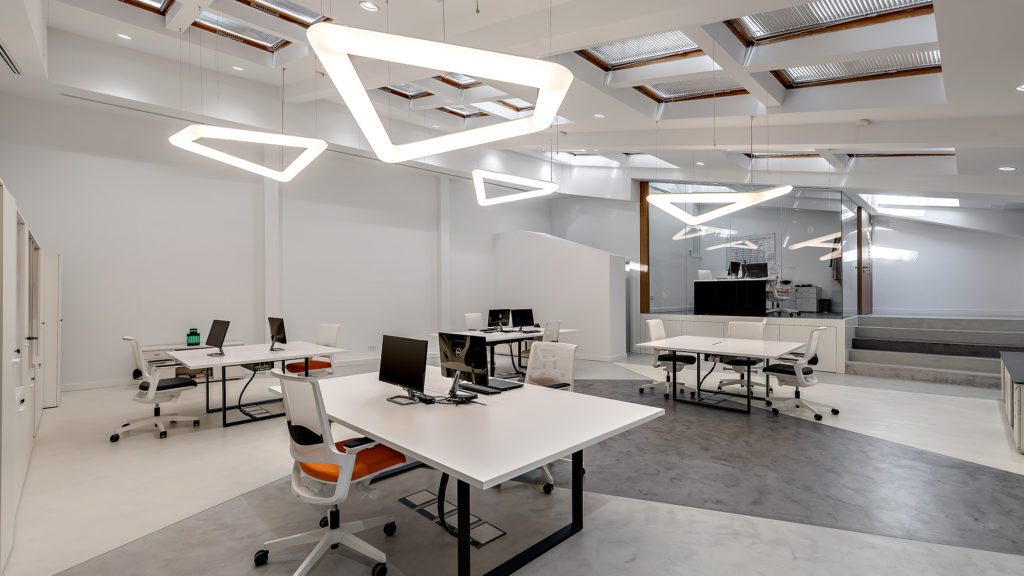La importancia de los materiales en el diseño y reforma de oficinas
A principios de los años 70 surgió el denominado Síndrome del Edificio Enfermo (Sick Buildings Sindrome), pero no es hasta el año 1982 cuando es reconocido como una enfermedad por la Organización Mundial de la Salud.
Para ser concretos no se trata de una enfermedad de los edificios sino de sus ocupantes, la OMS lo define como el conjunto de molestias y enfermedades que un edificio causa en sus ocupantes y cuyo origen está derivado de las condiciones ambientales del mismo.
Si nos centramos en los edificios destinados a oficinas la evolución de su diseño ha derivado en los llamados “edificios inteligentes” caracterizados por el ahorro de energía, la seguridad, la comodidad y el confort de los trabajadores. Sin embargo, si a ese hermetismo le sumamos la presencia de otros factores ligados a la tecnología como ordenadores, impresoras, fotocopiadoras y los materiales utilizados tanto en la reforma como en la decoración de las oficinas se generan efectos perjudiciales para la salud en el caso de que no haya un correcto sistema de renovación de aire.
En nuestro modelo de vida pasamos gran parte de nuestro tiempo en espacios cerrados.
No debemos olvidar que hay algunos estudios que reflejan que el aire interior está tres veces más contaminado que el exterior y en nuestro modelo de vida pasamos gran parte de nuestro tiempo en espacios cerrados.
En Antana, buscamos evitar estas condiciones en el diseño y en la ejecución de la reforma de las oficinas, para lo cual analizamos los factores más comúnmente citados como responsables del síndrome que son:
- Agentes químicos: entre ellos formaldehído, compuestos orgánicos volátiles, polvo, fibras, dióxido de carbono, monóxido de carbono, óxidos de nitrógeno, ozono…
- Agentes biológicos: bacterias, hongos, esporas, toxinas, ácaros.
- Agentes físicos: iluminación, ruido, vibraciones, ambiente térmico, humedad relativa, ventilación.
A la hora de abordar un proyecto de diseño, renovación y reforma de espacios de trabajo, en primer lugar, nos centramos en dos factores para dar solución a este problema: las instalaciones y los materiales de las oficinas. Para la regulación de las condiciones de renovación del aire, humedad, ruidos e instalaciones hay normativas en la que nos podemos apoyar, que garantizan que las condiciones interiores de los espacios sean las idóneas, pero en lo que respecta a la elección de materiales depende más del criterio del arquitecto.
Debemos sustituir los materiales convencionales por productos naturales y de calidad
Afortunadamente, al diseñar una oficina cada vez existe una mayor cantidad de materiales naturales y sostenibles, que son alternativas a los materiales que se usan de manera habitual como la madera y la piedra natural, el barro, la pintura fotocatalítica que ayuda a eliminar la contaminación del aire y equivale a tener dos árboles dentro del espacio, el cáñamo, textiles de fibras naturales o la iluminación bioled. Debemos sustituir los materiales convencionales por productos naturales y de calidad, solo tenemos que ser conscientes de los peligros que tienen los materiales con los que convivimos a diario.
¿Cómo lo hacemos?
- Suelos de madera, sustituyendo barnices de poliuretano, aceites minerales, betunes o pegamentos para parquet por barnices, lasures o aceites naturales sin tóxicos, suelos de linóleo.
- Con suelos de materiales tradicionales, ya sean continuos de cal, tierra o incluso yeso natural o suelo de baldosas de barro cocido, baldosas hidráulicas o piedra natural.
- Pinturas: con alternativas como las de cal, silicato, arcilla. Existe también una variada gama de colores en pigmentos naturales que se pueden utilizar como aditivos a estas pinturas.
- Con pintura fotocatalítica que ayuda a eliminar la contaminación del aire y equivale a tener dos árboles dentro de casa
- Con revestimientos de paredes a base de tierra, cal o yeso, ya sea de material de acabado como de base. Para zonas húmedas existen hidrorrepelentes naturales en base a aceite de linaza, silicato potásico y otros.
- Con elementos absorbentes a base de fibras naturales, merece una mención especial las placas de virutas de madera aglomeradas con magnesita, que libres de tóxicos aportan unos techos absorbentes acústicos de calidad.
- Aislamiento térmico sin sustancias tóxicas, como la fibra de madera, corcho, paja, cañamiza… Incluso en formato de manta aislante, muchos de estos materiales tienen capacidad de absorción de sonido y vibración, resultando muy útiles para el aislamiento acústico.
- Textiles Algunos materiales textiles alternativos pueden ser las fibras naturales como el cáñamo, lino, seda, sisal, algodón…
- Iluminación: Instalar iluminación bioled.
Desde Antana, estaremos encantados de poner a tu disposición toda nuestra experiencia y compromiso para ayudarte en el diseño, decoración y reformas de tus oficinas.
También te gustaría
Tendencias relacionadas
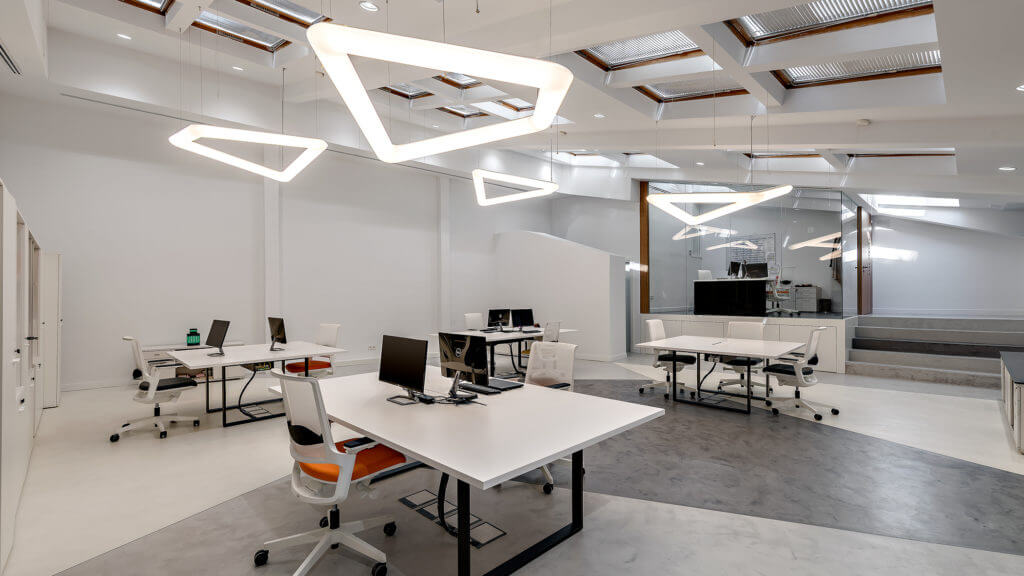
Oficinas modernas, diseño y reforma de los espacios de trabajo
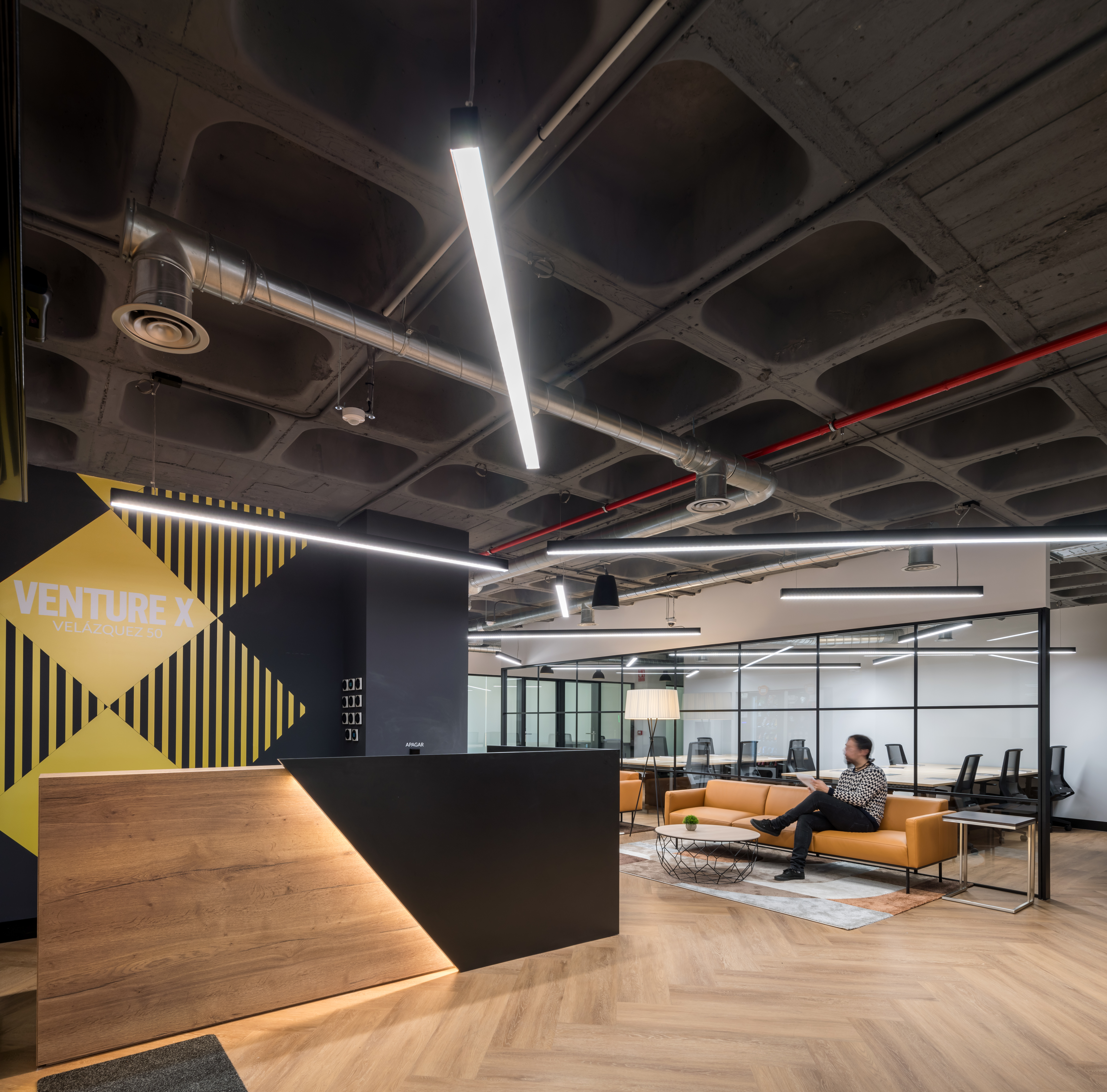
Llave en mano. El proyecto de Antana para Venture X Spain
